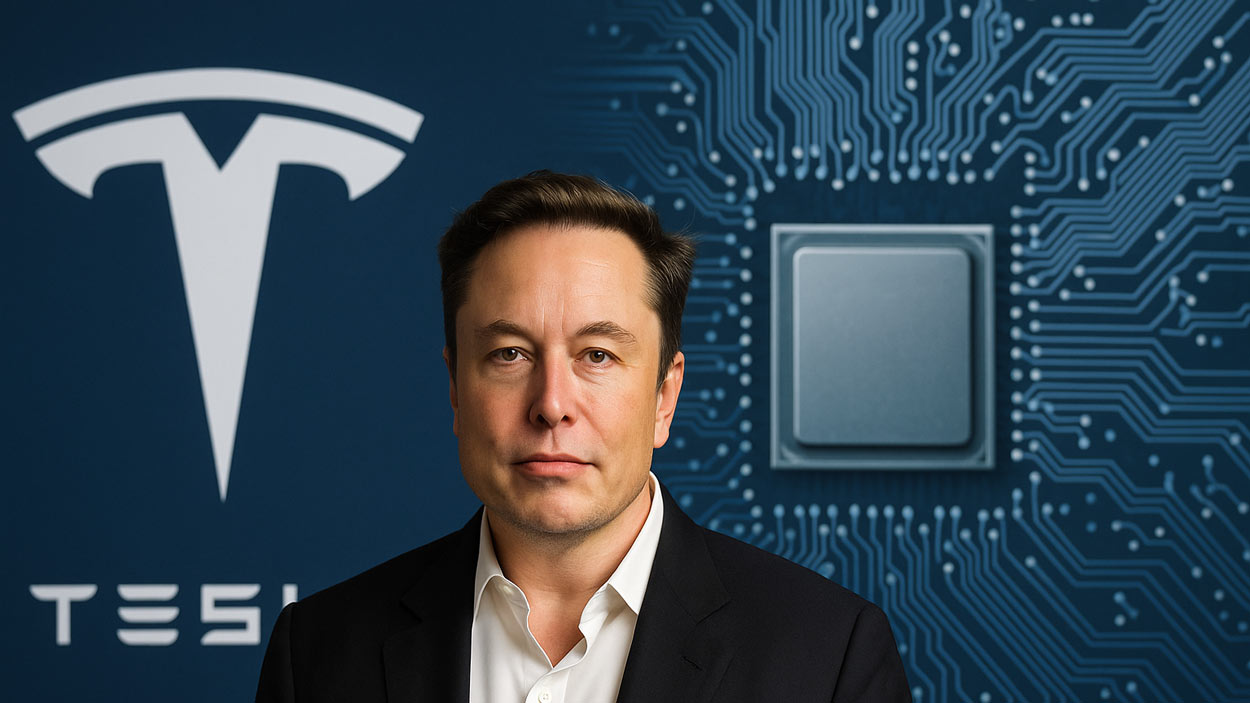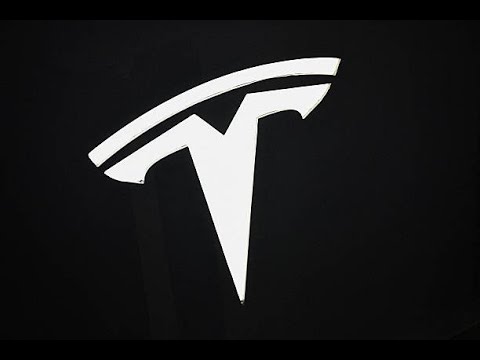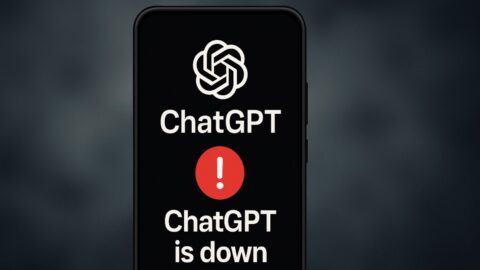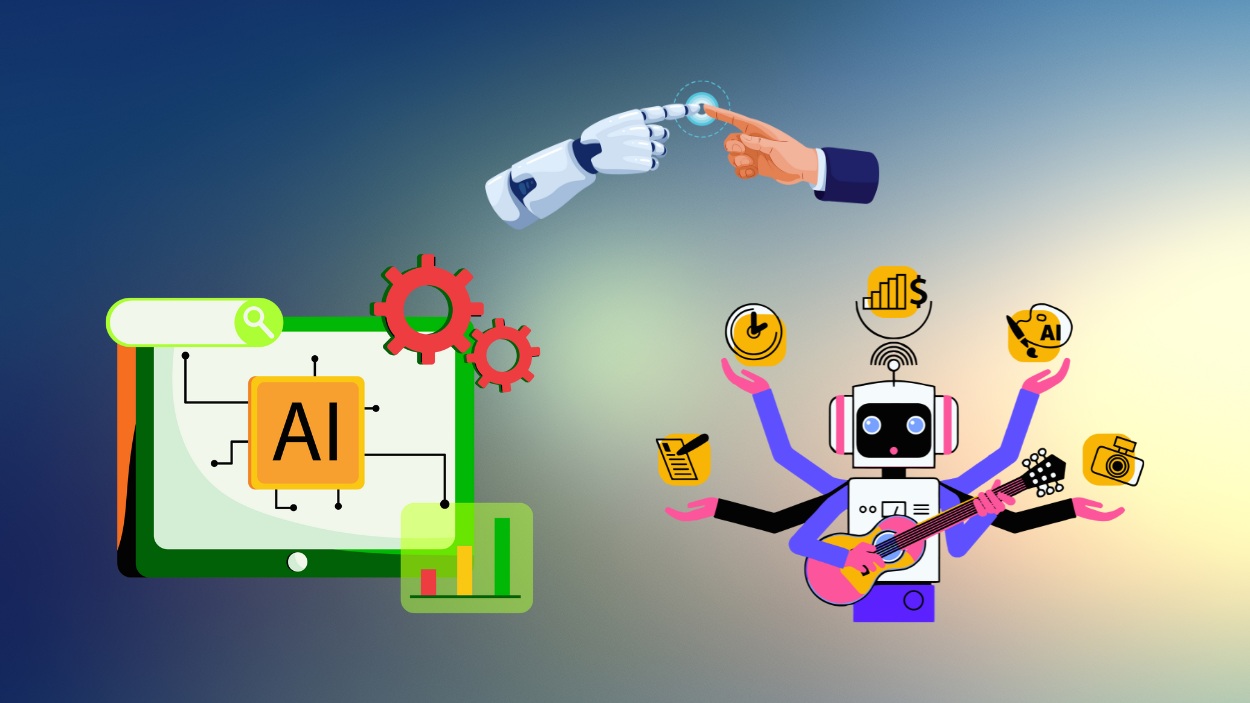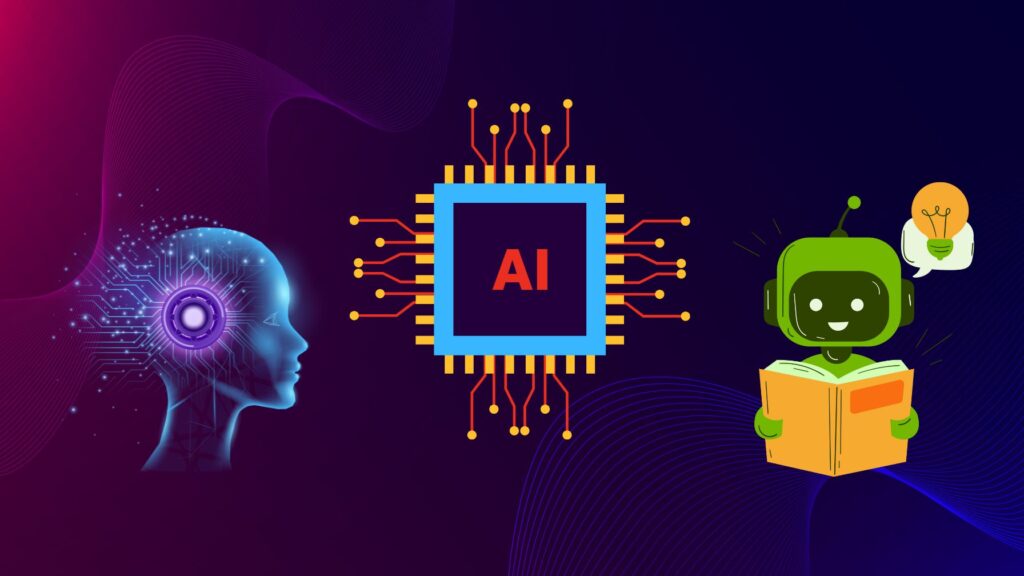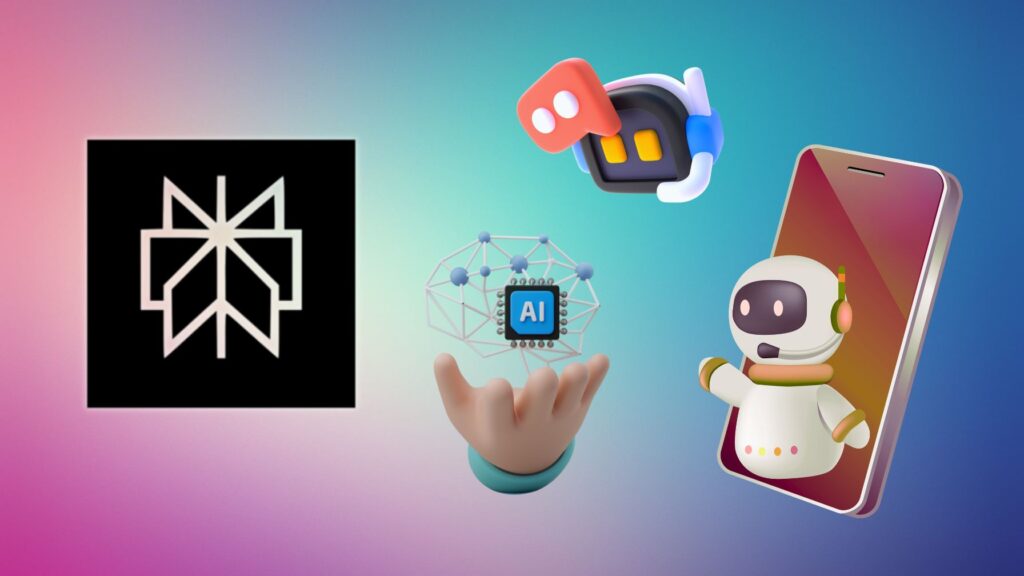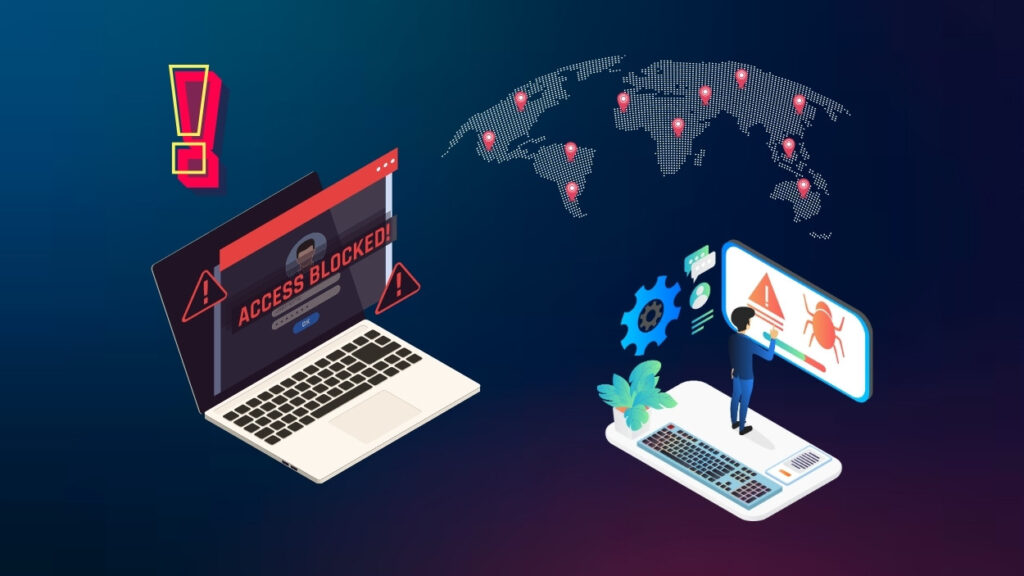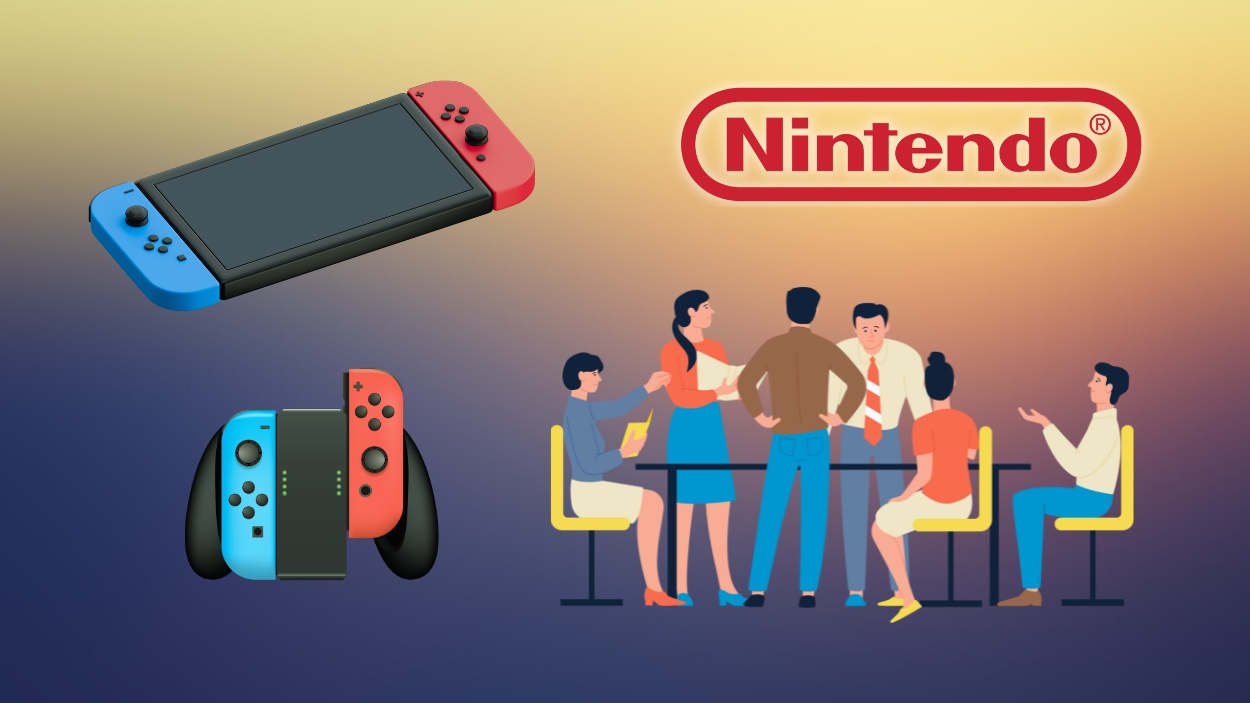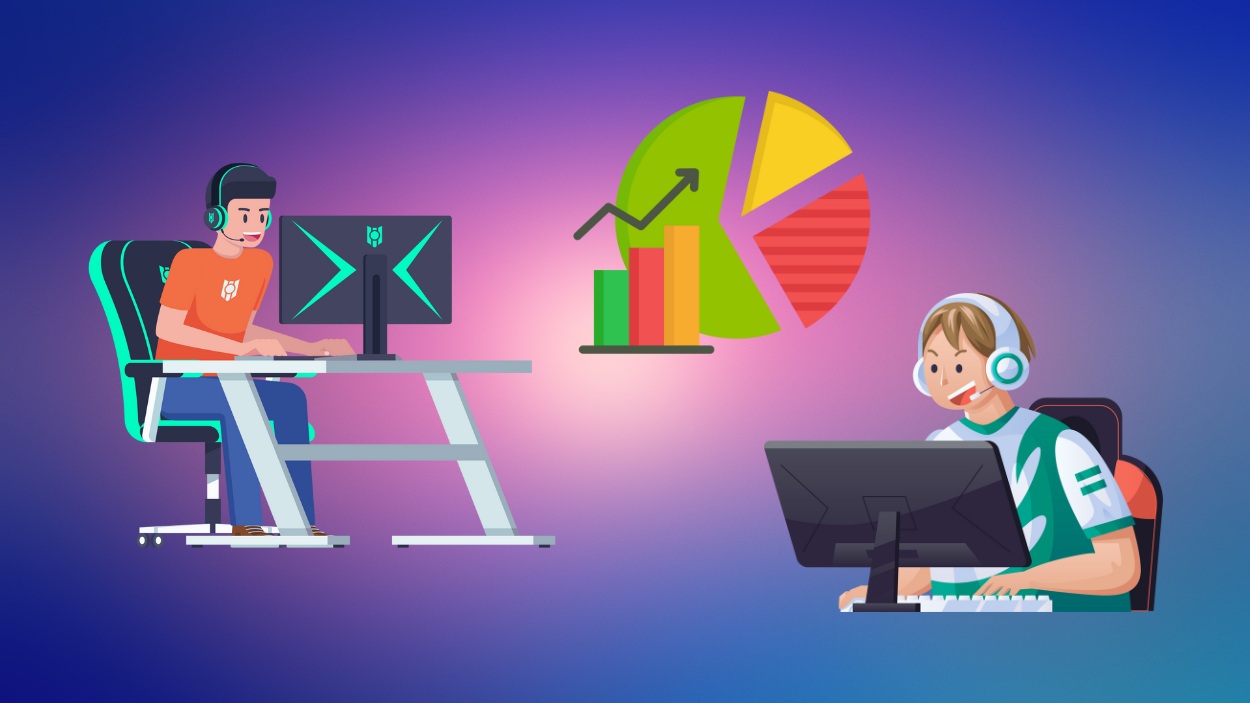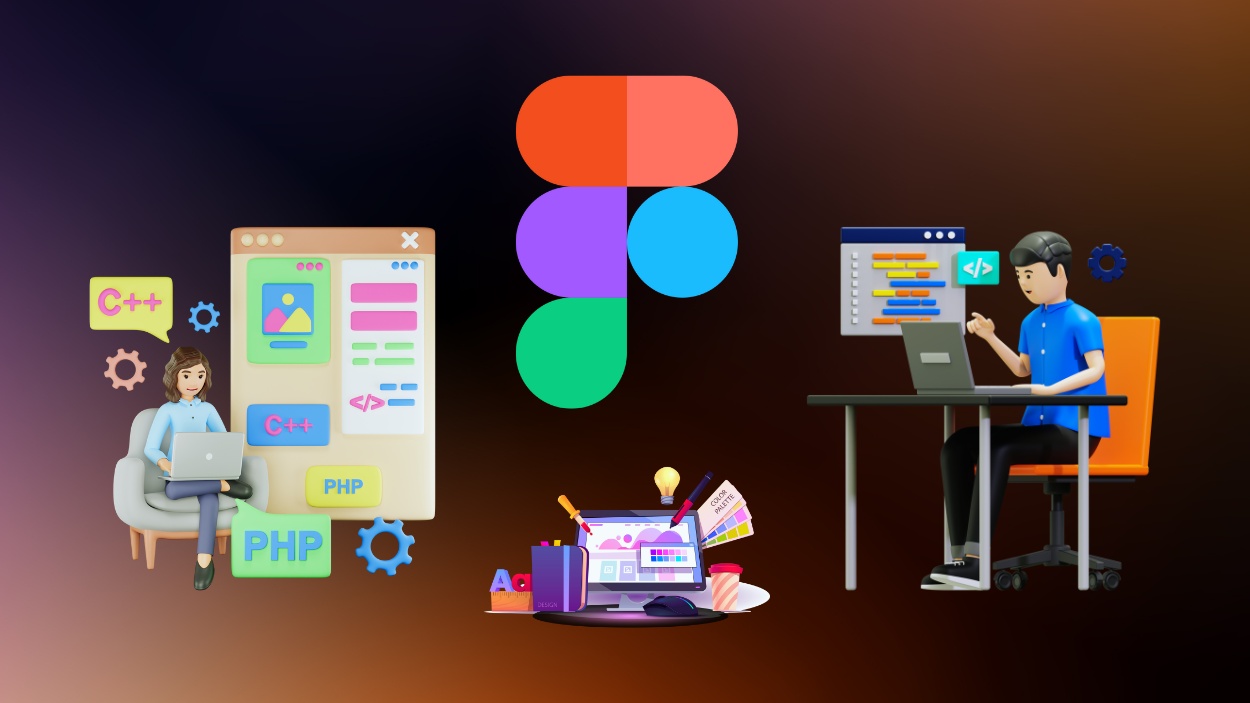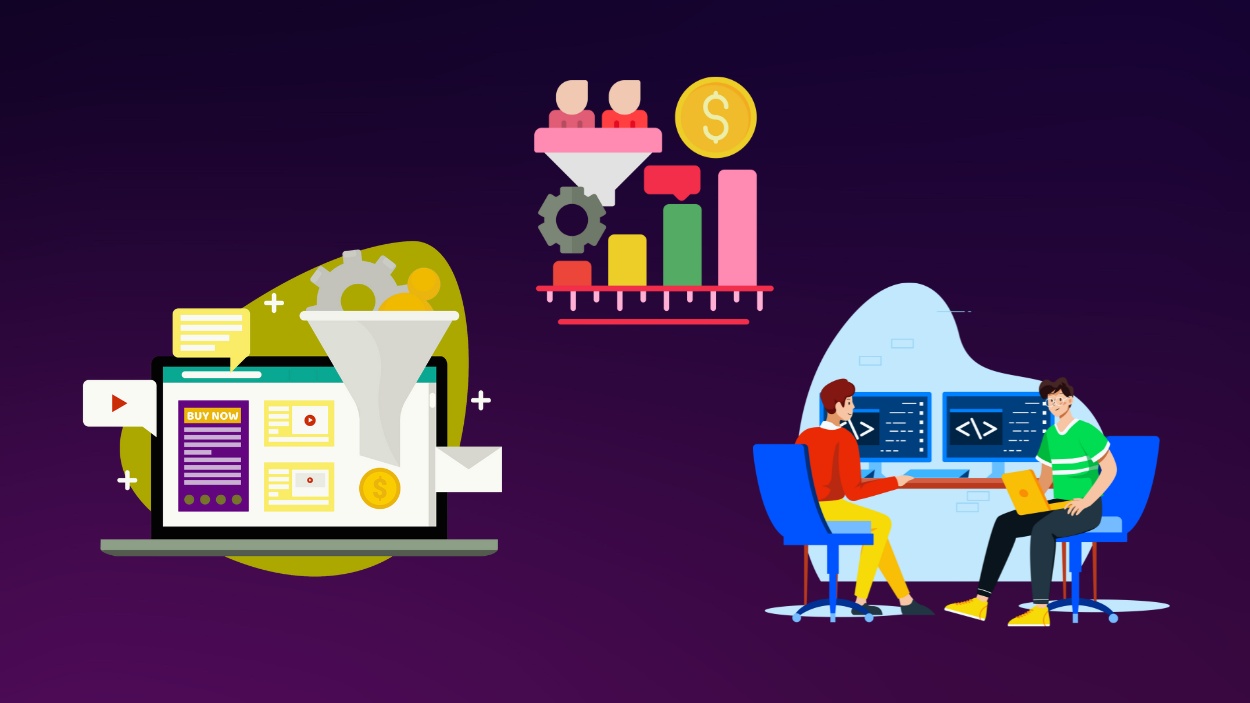Tesla has officially disbanded its Dojo supercomputer team as CEO Elon Musk redirects the company’s AI ambitions toward developing advanced inference chips.
Quick Summary (TLDR):
- Dojo supercomputer team shut down, leader Peter Bannon exits
- Musk to focus on AI5 and AI6 chips for real-time AI decision-making
- $16.5 billion Samsung deal to manufacture next-gen chips
- Shift aligns with Tesla’s push into robotaxis, Optimus robots, and AI data centers
What Happened?
Tesla is ending its in-house Dojo supercomputer program, a project once estimated by Morgan Stanley to add $500 billion in value to the automaker. The move comes as Elon Musk chooses to prioritize the design of inference chips, which are optimized to make AI models operate in real-time. The decision was confirmed after Bloomberg reported the team’s closure and the departure of Dojo lead Peter Bannon.
Dojo’s End and Strategic Shift
The Dojo project was designed around custom training chips meant to process vast amounts of driving data and video from Tesla’s fleet. It supported the company’s autonomous driving software, humanoid Optimus robot, and other AI-driven projects.
However, Musk stated on X that dividing Tesla’s resources between two distinct AI chip designs no longer made sense. He said the upcoming Tesla AI5 and AI6 chips will be “excellent for inference and at least pretty good for training,” allowing the company to focus efforts on one architecture.
The Samsung Connection
The shift comes shortly after Tesla signed a $16 billion deal with Samsung to produce its next-generation AI6 chips. Samsung’s Texas manufacturing facility will be dedicated to building these processors, which will power Tesla’s Hardware 5 and Hardware 6 self-driving systems, Optimus robots, and AI data centers. While AI5 is expected to roll out by the end of 2026, no official production date has been given for AI6.
Fallout From Dojo’s Closure
Dojo’s team has already seen major departures, with around 20 members joining DensityAI, a startup founded by its former leader. Remaining staff will be reassigned to Tesla’s other compute and data center projects. The change marks another chapter in Tesla’s broader restructuring, which has included multiple executive exits, thousands of layoffs, and a pivot toward AI-led innovation.
Market Reaction and Robotaxi Push
Tesla’s stock rose 2.3% to $329.68 following the news, climbing above both its 50-day and 200-day moving averages. The rally was boosted by Texas regulators granting Tesla Robotaxi LLC a rideshare license, allowing limited operations under new autonomous vehicle guidelines. Musk has claimed the robotaxi’s full self-driving system is about six months ahead of what’s currently available in US consumer cars, with AI breakthroughs making it “feel eerily human.”
Broader Industry Context
Tech companies are increasingly consolidating around fewer chip architectures to cut costs, reduce latency, and improve energy efficiency. Tesla’s move mirrors this trend, allowing it to focus on inference performance while still maintaining adequate training capabilities. Despite the strategic shift, questions remain about how dropping Dojo could affect Tesla’s long-term valuation and AI leadership position.
SQ Magazine Takeaway
I think this move is pure Musk, bold, risky, and laser-focused on what he sees as the fastest path to market dominance. Killing Dojo might look like a step back, but doubling down on inference chips could speed up Tesla’s robotaxi and robotics ambitions. Still, it’s hard to ignore the $500 billion valuation Morgan Stanley once put on Dojo. If AI5 and AI6 chips can deliver both speed and versatility, Tesla might just prove the critics wrong. But if they stumble, losing Dojo could go down as one of Musk’s most costly gambles.

